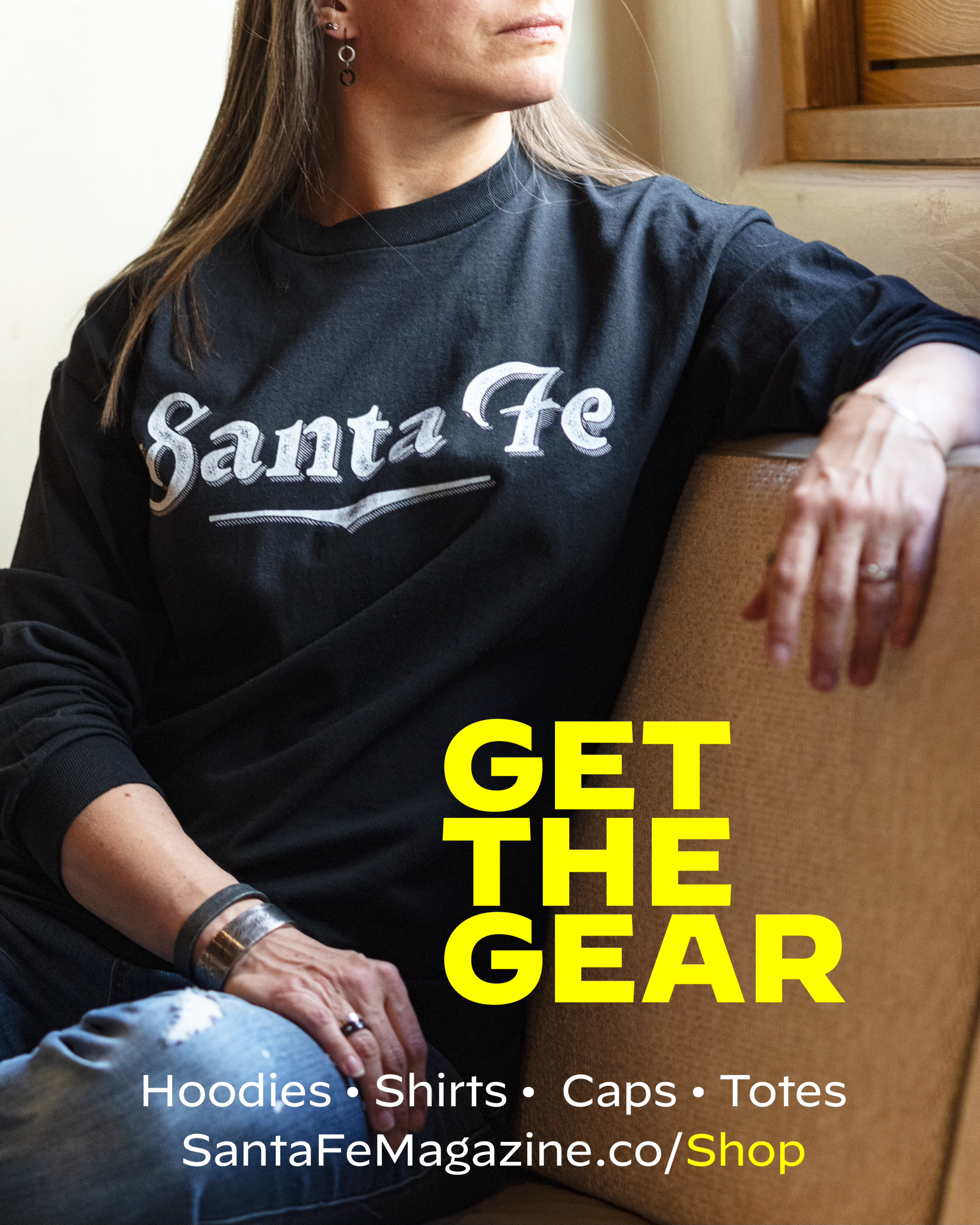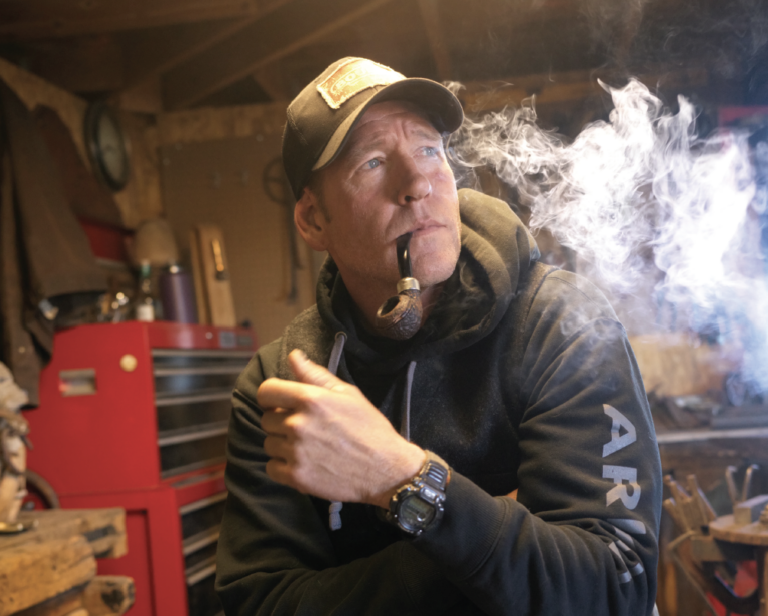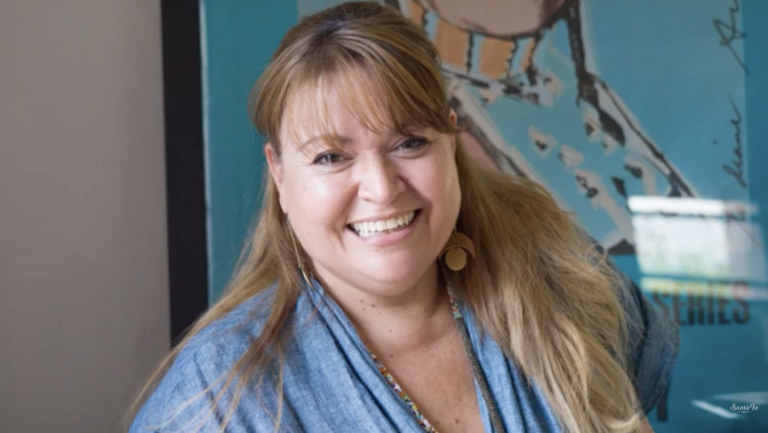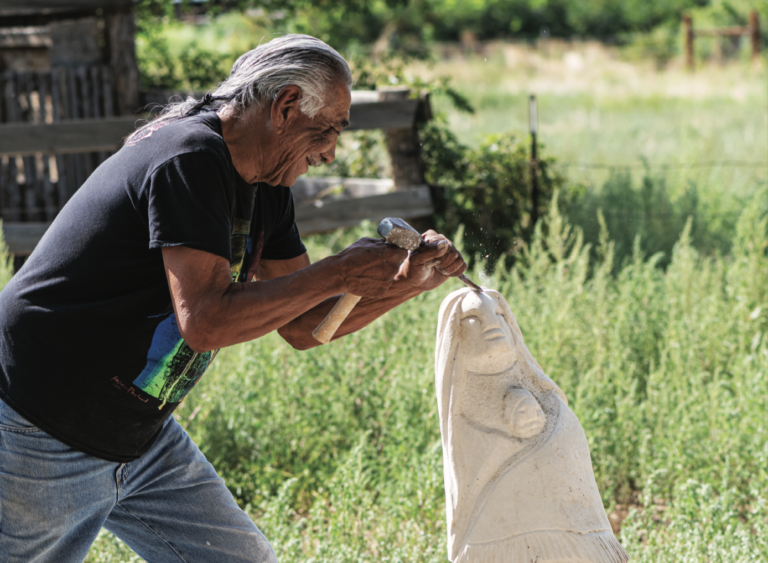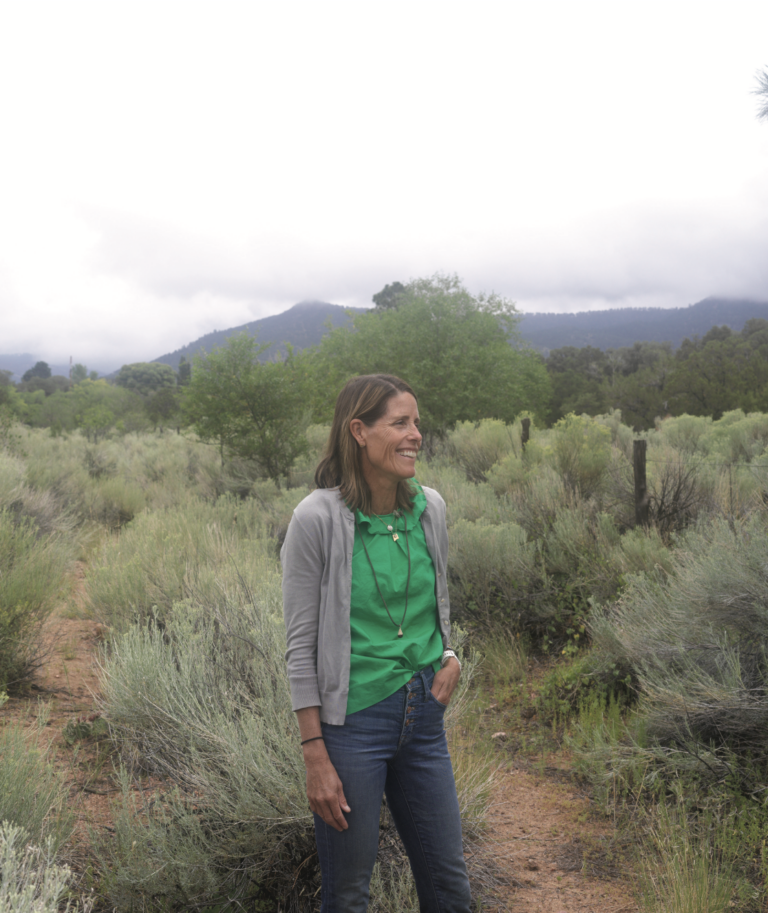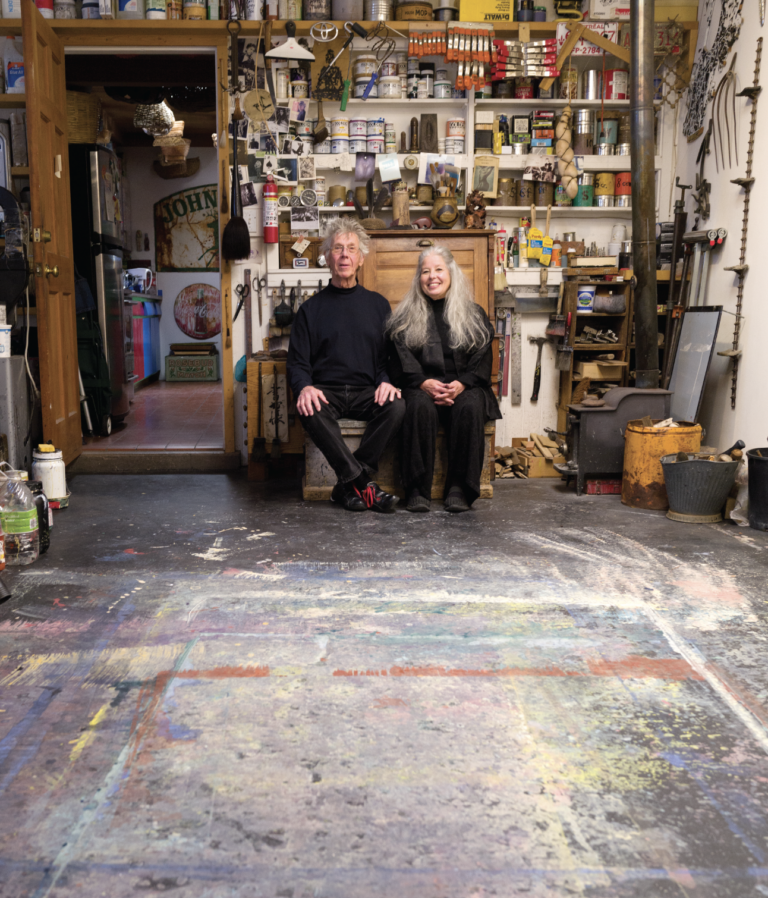GREAT-GREAT GRANDFATHER – the great Chief Quanah Parker – last of the Comanche Chiefs
Grandson of Comanche Code Talker – WWII
Son of Comanche Tribal Chief
Mother was Chairman of Comanche Nation
In his presence you feel the weight, the courage, the defiance, the beauty and the grace of this legacy, as if his ancestral power has indefinably, yet inarguably passed on to him.
It is there in the paintings. He is a student of his Native past, through old photographs, private archives and histories. But with all of what he is and has learned, his paintings conjure his subjects’ elations, sorrows, loves, losses, scars and beauty.
He has done many portraits of his famous grandfather Quanah Parker, the last Comanche Chief, who had the courage to save members of his tribe and later become an industrialist who leased his land, making a fortune from occupying imperial ranchers.
As I was leaving, we discovered that both of us had been high school wrestlers; I was in the 128 lb. class; he was much more serious: a state champion in the 148 lb. class. That is the most competitive weight class –nobody wants to wrestle in that class, at least if they have any sense.
At the door I had an idea. Scott Hale (art appraiser and a best friend of Nocona) is my brother-in-law. Let’s prank Scott, I said, Pranking was my day job at Spy Magazine.
Nocona was at first stunned, then smiled and said, Let’s do it.
I said, Let’s call Scott and tell him that while doing this interview, I was a complete ass, that the interview went sour fast, and somehow we ended up tussling on the floor. Tell Scott you are calling to give him a heads-up on the disaster.
Nocona nodded mischievously: I’m in.
Two hours later, I got a text from Nocona: He ate it up! He’s pissed.
Scott didn’t return my call for days.
So besides being a visionary freewheeling artist, Nocona is capable of being as juvenile as your reporter.
What’s it like being a son of a Comanche Chief?
My dad was a Chief of the Comanches when I was in my teens in Oklahoma. He was young, 35. My dad is like a big dude. And my mom was on the tribal council and then was the first woman to be the Chief of the Comanche tribe. Which is a big deal.
How do you become a Chief?
In modern society you’re elected. We have a democratic society. When my great-great-grandfather, Quanah Parker was Chief, you weren’t appointed. His dad was a Chief, but that didn’t necessarily mean he was going to be a Chief. People decided to follow you or not. If people followed you and felt like you were going to protect them and feed them, and they were going to prosper, then they followed you. And if they didn’t feel that way anymore, well, they would leave and go to another band. So that’s as democratic as you can be.
You have to think collectively; you have to think about others; you’re a servant. The important piece is the people, and you’ve got to find what’s best for the most.
You grew up as a son of two very prominent people. Did it make you want to rebel?
No, I was never the rebellious type. It made me work. It made me understand. My parents were 18 and 19 years old when they had me. My dad always said, I never knew I was smart until I went to college. He’s got two master’s degrees and a PhD. My mom has her degrees and worked with at-risk youth in a boarding school in Oklahoma overseeing the dorm. My dad has always been in education. He’s been the Dean of Academics and he’s been our tribal Chairman. He founded our tribal college.
Did you always know you were going to be an artist?
No, but my family has always done art. My dad’s grandmother raised him. She was blind, but she did bead work and knew the colors of the beads by the different size of pill jars where she kept the beads. I have a little medallion she made that I still keep.
And my mom’s mom made quilts. My mom’s dad was an artist, a painter. So it was always there. Even my dad is an artist. People asked him how come he didn’t pursue being an artist? He’s like, Well, I have mouths to feed.
Where did you grow up?
Mostly in Oklahoma, but all over the place. Whenever the folks would get a new degree, they got a new opportunity. I lived in places like Harrisburg, Pennsylvania. I’m the only Native kid in Harrisburg, Pennsylvania, going to inner-city school. I lived in Montana, Phoenix, Texas, just about everywhere.
In Harrisburg, everyone thought I was Chinese. After I explained to them what I was, I think they probably had some little Thanksgiving play and I danced and performed and it was like a whole new world to those guys.
My dad taught at Fort Peck Community College in Montana. There I was the only Comanche on an Assiniboine and Sioux reservation. So I was an outsider because I wasn’t an Assiniboine and I wasn’t white.
Did you find any bigotry or did you find acceptance?
I found acceptance. Bigotry is just ignorance.
WANT TO READ MORE? SUBSCRIBE TO SANTA FE MAGAZINE HERE!
Photo SFM

